

Silver ducat, issued by Radu I, discovered in Teiuş, county of Olt,
(Bucharest Municipality Museum – “Maria and dr. George
Severeanu” Collection
Mircea the Elder (1386 – 1418) was the son of Radu I and ruler of Wallachia. He was also known in history as Mircea the Great and succeeded to secure for the province of Wallachia its largest territorial span, as well as its highest geopolitical status ever.
The death of his brother, Dan I (cca. 1383 – 1386), his co-regent, placed Mircea the Great on the throne of the province on September 23rd 1386. Here he would impact the evolution of the Romanian state between the Danube and the Carpathians at the turn of the 15th century. Since the early 1400s, political factions in the Balkan Peninsula had been gradually subdued by the weapons of a new power, the power of the Ottoman sultans which was rising from Asia Minor on the ruins of the Byzantine Empire. The Ottoman expansion was very swift, and by the beginning of the reign of Mircea, the Tsardom of Serbia, as well as the Bulgarian Tsardoms of Târnovo and Vidin had already surrendered.

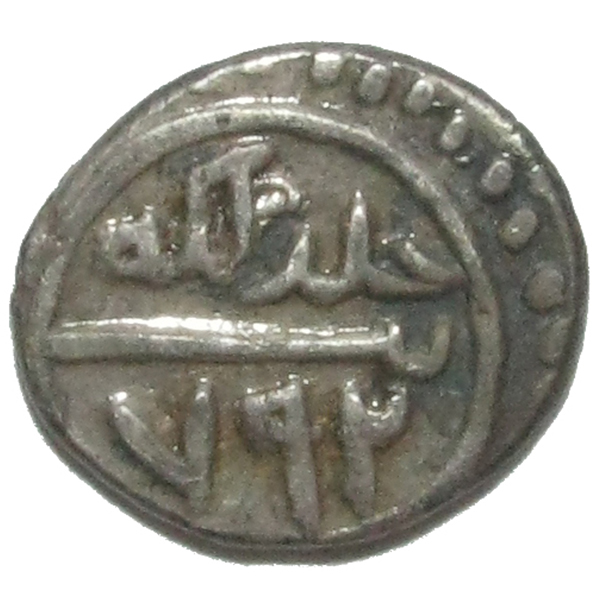
Ottoman akce, issued by Bayezid I, hoard of Văcăreni, county of Tulcea
(„Vasile Pârvan” Archeology Institute of the Romanian Academy)
The first hostilities with the Ottomans date back to 1388, when Mircea annexed Dobrogea to Wallachia in an attempt to avoid turning the territory between the Danube and the Black Sea into an Ottoman province. These actions, as well as the support he granted to countries south of the Danube, attracted an Ottoman backlash lead by the young and ambitious Sultan Bayezid I.
The year 1394 (or 1395, according to some chronicles) marked a decisive moment for the independence of Wallachia. After the blood-spattered battle of Rovine, the Ottoman army was forced to withdraw south of the Danube, thus preventing them from turning the region into an Ottoman province. Slavic chronicles mention that “numerous spears were broken and there were so many arrows shot that the sky turned dark”, while enemy chronicles admit that due to important losses “the Sultan was retreating in dignity”.

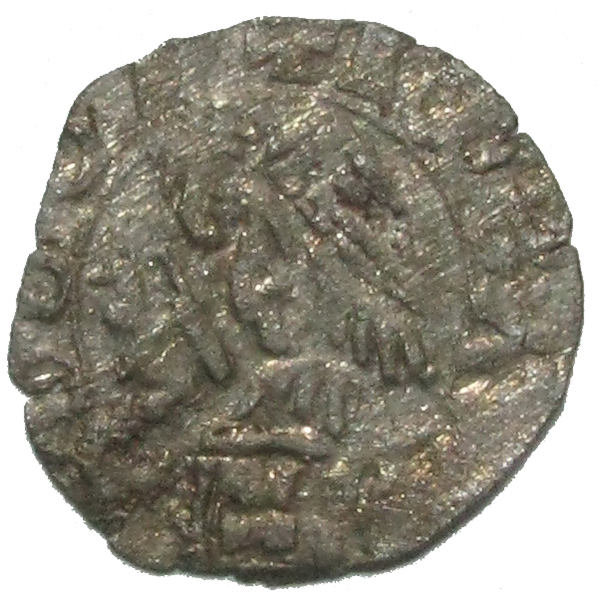
Silver ducat, issued by Vlad I, hoard of Văcăreni, county of Tulcea
(„Vasile Pârvan” Archeology Institute of the Romanian Academy)
Shortly afterwards, Mircea would be overthrown by a local coup d’etat and would take refuge in Transylvania. In Wallachia, Vlad I, who would later come to be known as Vlad the Usurper, was awarded the throne in recognition of his aid in making the country a subject state to the Ottomans.
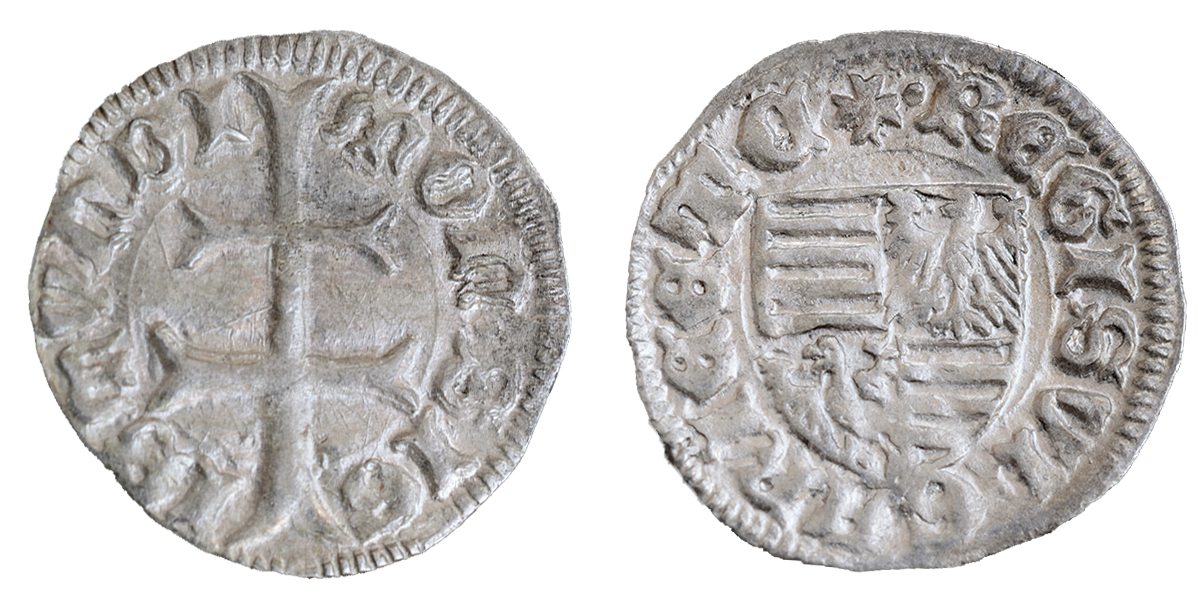
Silver coins issued by Sigismund of Luxemburg, collection of the National Bank of Romania
In 1395, Mircea concluded a treaty in Braşov with the King of Hungary, Sigismund of Luxemburg, conceding the regions of Amlaş, Făgăraş and Severin Banat as his fiefs, according to the customs of the time. The Turkish threat had been distressing Christian countries, mainly those in Central Europe more likely to be exposed such as Hungary, Austria or Bohemia, and in 1396 Sigismund of Luxemburg, with the blessing of the Pope, called for a holy Crusade against the Ottoman menace. This crusade had important echoes in Western Europe as well, so much so that the camp in Timişoara brought together 10.000 knights from France, Italy, England and Germany, while Mircea was also part of the campaign. The initial campaign scored a few victories for the crusaders, but as the Ottoman armies regrouped they inflicted a terrible defeat at Nikopole, effectively decimating the entire assembled Christian host and thus summarily ending the crusade.
In the aftermath of the disaster encountered by the crusaders, the Tsardom of Vidin was dismantled, and Bulgaria was turned into an Ottoman province for hundreds of years to come. In this volatile context, in 1396 or 1397, Mircea, with the help of Ştibor, Voivode of Transylvania, succeeded in banishing Vlad I the Usurper, and returned to the throne of Wallachia. The chronicles make mention of several confrontations with Ottoman armies over the coming years, as well as actions taken in order to consolidate an Anti-Ottoman front and maintain the independence of the country. This context explains the treaties with the Kingdoms of Hungary and Poland, as well as the support granted to Alexander the Good for acceding to the throne of Moldavia. These treaties also carried an economic component, i.e. accords concluded with merchants in Lvov and Braşov, meant to further commercial relations. Documents of the period mention the existence of customs and taxation of merchandise, which brought important revenue for the crown and facilitated the use of a local currency.
During the first part of his rule, Mircea minted silver ducats with an iconography similar to that circulated by his predecessors: a shield on the obverse and on the reverse a cross-bearing eagle standing on a helmet, the head turning left.
The study of the numismatic material has shown that the ducats in circulation had inscriptions in Latin or Slavonic.
A large number of hoards (over 80), which include ducats minted by Mircea the Elder, indicate a significant monetary production at a time when barters were the norm. Therefore, beside their propagandistic role of emphasizing the power of the ruler, the issuing of currency was mainly an economic tool, facilitating commercial relations and the collection of taxes. During Mircea the Elder’s reign, the currency of Wallachia reached beyond the borders of the province and was found in hoards in Moldavia, Transylvania, Hungary, Serbia and Bulgaria, even ranging as far as Italy.
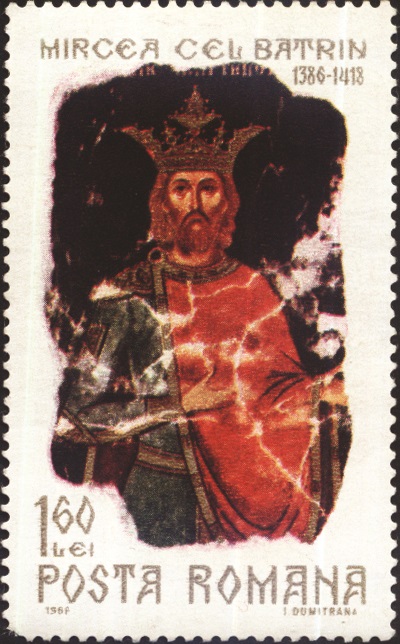
Postal stamp, 1968, 550 years since the death of Mircea the Elder
number of copies printed: 1,000,000, lay-out I. Dumitrana
1402 would bring important changes in relations with the Ottoman Empire. The defeat and capture of Bayezid I by the Mongols under Tamerlane opened a path for power struggles and political infighting within the Ottoman Empire. The confrontation between the sons of Bayezid I was carefully speculated upon by Voivode Mircea, who at first supported Musa against Emir Süleyman, with an aim towards weakening Ottoman power. Musa was initially defeated and took refuge in Wallachia, yet with the help of Mircea he succeeded in occupying Adrianople, the capital of the Ottoman State at the time, and became Sultan. It was during this period that Wallachia reached its greatest territorial breadth, as documented by a chronicle of 1406 in which the voivode claims that “by virtue of Christ the Lord, as a good believer and a good worshipper, lover of Christ and autocrat, Io[an] Mircea, great voivode and ruler at the mercy of God and by the gift of God, warding and ruling over the entire country of Hungary-Wallachia and over lands beyond the mountains, as well as over the Tatar lands, over Amlaş and Hertzeg Făgăraş, ruler over Banat Severin and both parts of Podunavia, up to the Great Sea and warden of the city of Darstor, do {…}”.
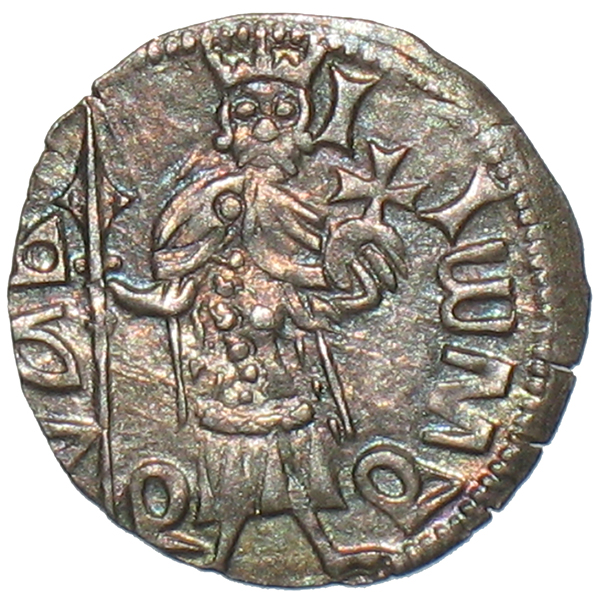

Silver ducat featuring voivode Mircea the Elder on the obverse, hoard of Titu, county of Dâmbovița
(„Vasile Pârvan” Archeology Institute of the Romanian Academy)
After 1397 (or 1402, according to some) Mircea initiated a monetary reform, whereby the gross weight and silver content of the ducats were increased. New elements in terms of iconography were introduced, consisting in representations of the voivode and of Jesus Christ, testifying to the important role of Mircea on the Balkan political scene, as well as to his capacity as defender of Christendom.
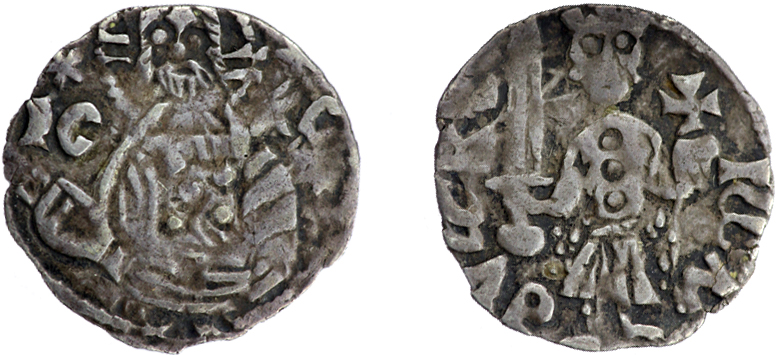
Silver ducat issued by Mircea the Elder, collection of the National Bank of Romania
The first series of ducats depict a crowned Mircea the Elder standing and holding a vertical or inclined spear in his right hand, and the cross-bearing orb in his left hand. On the reverse there is an inclined shield with a helmet and the eagle of Wallachia on top. The second series of silver ducats in circulation after the reform of the monetary system feature a benediction by Jesus Christ on one side and on the other, Mircea holding a spear in his right hand and the cross-bearing globe in the left.
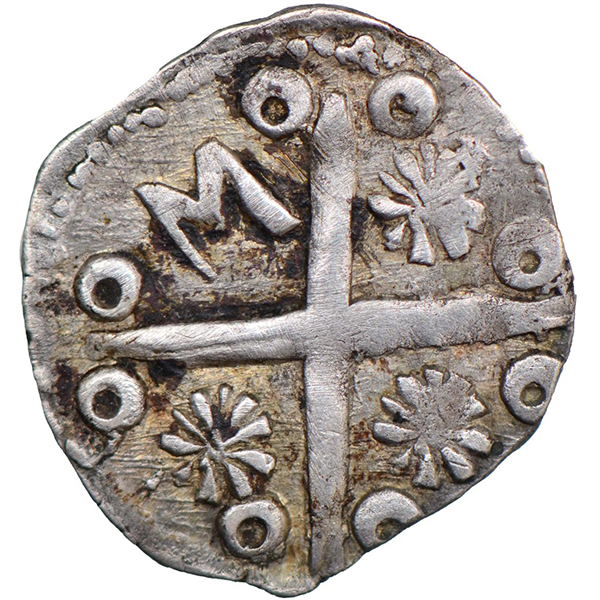
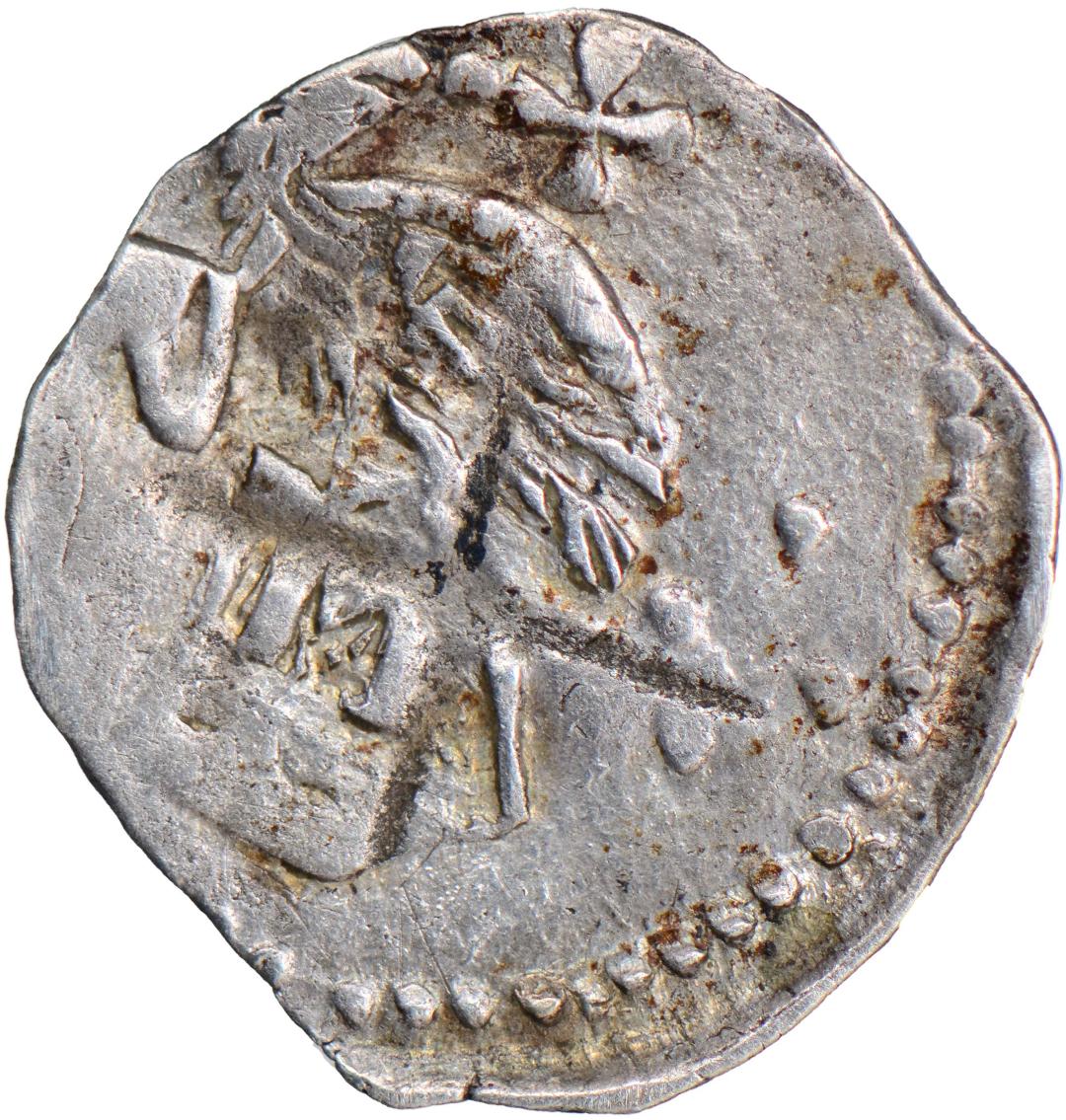
Silver ban issued by Mircea the Elder
(Bucharest Municipality Museum – “Maria and dr. George Severeanu” Collection
Mircea is depicted on some of the ducats wearing a Byzantine costume, while on others he is shown as a western knight. The currency of Wallachia did not only fulfil an economic function, but it was also a means of propaganda, with the voivode shown as per written documents “a sovereign voivode and sole ruler”. After the reform, the “ban” was reintroduced, a subdivision with an aim to ensure the needed amount of change money (coins). This currency was non-epigraphic and depicted a cross with arms of equal length on the obverse, and an inclined shield with the Wallachian eagle on top, on the reverse.
The second part of the reign of Mircea the Elder saw the minting of a series of coins that have given rise to a number of controversies among specialists, with some attributing them to the mint of the city of Severin. On the obverse they presented the effigy of the voivode and his name in Slavonic, and on the reverse a shield with the Wallachian eagle and an inscription in Latin, featuring the name of Petru or Petrusian. The mysterious character is not mentioned in chronicles as an associate to the throne, and there has been an ongoing debate about his origins, as well as with regard to the actual location where these coins were minted.
In his later years of rule, the reign of Mircea the Elder was threatened by a renewed Ottoman danger along the Danube. His previous interventions in the power struggles between the sons of Bayezid I brought the ire of the new sultan, Mehmet I, who sent his troops to plunder Wallachia. A final attempt to replace Mehmet I with his brother Mustafa failed, and in 1417 a new Ottoman expedition was sent across the Danube. An incursion by Ottoman armies forced Mircea the Elder to accept peace with the Ottomans towards the end of his reign, agreeing to take upon himself the payment of 3.000 gold coins in exchange for being promised that the country would not be attacked again.
According to a Serbian chronicle, the old voivode passed away on January 31st, after a long reign, and was buried at the Monastery of Cozia, which had been founded under his patronage.


Medal minted by the Romanian Numismatic Society
(Numismatics Cabinet of the Romanian Academy Library)
The personality of the great voivode was evoked in numerous chronicles of the time and was honored by his successors in the modern period. By courtesy of the Romanian Numismatics Society, at the beginning of the 20th century 11 medals featuring Romanian rulers were minted, among which, the first medal dedicated to Mircea the Elder. The medal 50 mm in diameter was stricken in two versions, silver and bronze, and both are very rare at present.

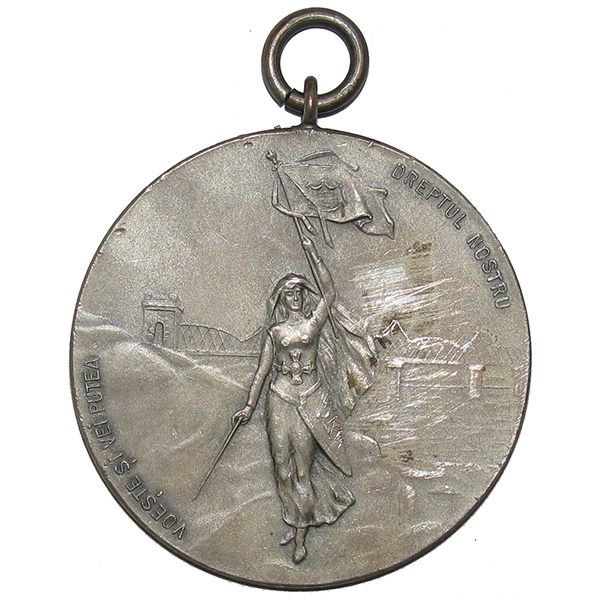
Small medal of the Bucharest Peace of 1913
(Numismatics Cabinet of the Romanian Academy Library)
Other medals bearing the portrait of the great voivode were issued on the occasion of the Peace Conference and signing of the Bucharest Treaty in 1913, which annexed the province of Dobrogea to Romania. These medals are notable for the minting technique employed and for the attention to detail of the engravers. The small medal of the Bucharest Peace carries on the obverse a bust of Mircea the Elder, alongside one of Carol I, and on the reverse a feminine allegory of the Romanian victory, featuring the Cernavodă bridge across the Danube in the background.
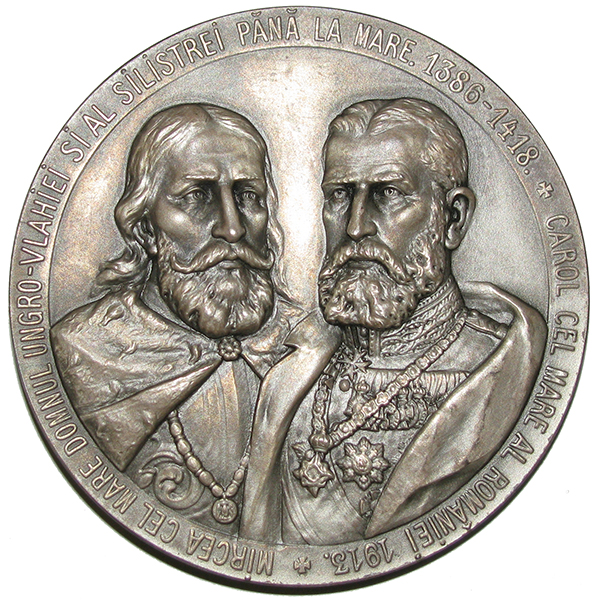

Large Medal of the Bucharest Peace of 1913
(Numismatics Cabinet of the Romanian Academy Library)
The large medal of the Bucharest Peace, 63 mm in diameter, is made of silver or gold-coated alpaca and is remarkable due to the deep stamping which resulted in an outstanding emboss.

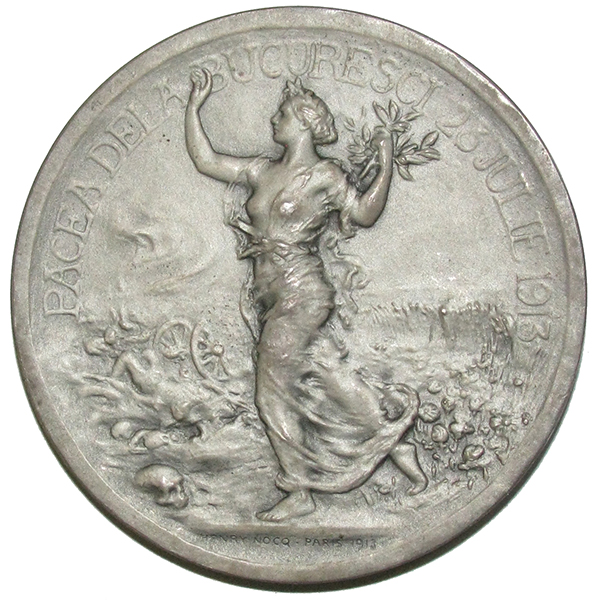
Official medal of the Bucharest Peace of 1913
(Numismatics Cabinet of the Romanian Academy Library)
The official medal of the Bucharest peace of 1913, 58 mm in diameter, was designed by the engraver Henry Nocq. The obverse features king Carol I on the throne and on his left, Mircea the Elder with a cross in his right hand. The clothing of the voivode is that found on the fresco at the Monastery of Cozia. On the reverse there is a feminine allegory of peace stepping onto the battlefield, which subsequently turns into a field of crops and flowers.
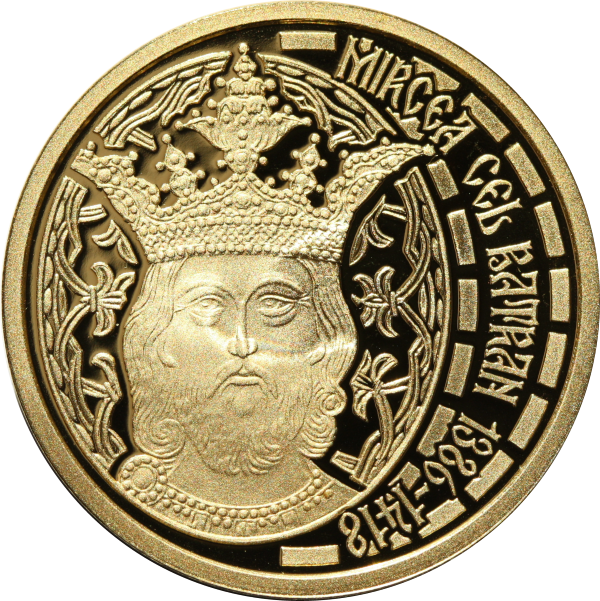

Gold coin with a nominal value of 200 lei, copies 250

Brass coin, legal tender, with a nominal value of 50 bani
In 2011, The National Bank of Romania issued a bronze coin with the nominal value of 50 bani, as well as a gold coin with the nominal value of 200 lei, both dedicated to the 625th anniversary of Mircea the Elder’s accession to the throne.
The permanent exhibition at the National Bank of Romania displays the main types of minted coinage issued during the reign of Mircea the Elder, ruler of Wallachia. In 2018, we will be commemorating the 600th anniversary of his death.